Pronghorns are a unique species of ungulate that inhabit the grasslands and deserts of North America. Known for their incredible speed, pronghorns can reach speeds of up to 60 miles per hour, making them one of the fastest land animals in the world. Despite being able to outrun most predators, pronghorns still face significant threats from a variety of predators.
This article will explore the various predators that pose a threat to pronghorns and examine how these predators impact pronghorn populations. While some predators are well-known threats, such as coyotes and wolves, others may come as a surprise, like bears or badgers. Additionally, we will discuss conservation efforts aimed at protecting pronghorns from predation and ensuring their continued survival in the wild.
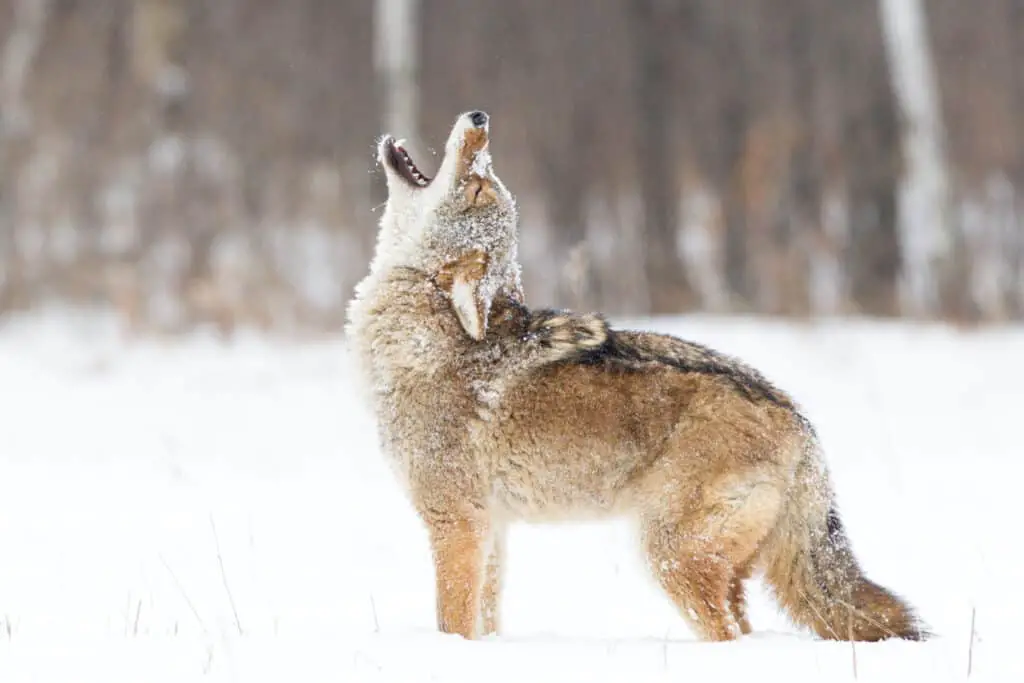
Coyotes
Coyotes pose a significant threat to pronghorns as a common predator in their natural habitat. Coyotes are known for being opportunistic hunters that can prey on a variety of animals, including pronghorns. These predators are often found lurking around pronghorn populations, waiting for an opportunity to strike.
Coyote behavior is one of the reasons why they are such effective predators of pronghorns. These animals are highly adaptable and can hunt alone or in packs, making them versatile hunters capable of taking down large prey like pronghorns. Additionally, coyotes have sharp senses that allow them to detect the slightest movements and sounds made by potential prey, enabling them to launch surprise attacks with great efficiency. Despite these challenges, pronghorns have some defense mechanisms at their disposal, such as their excellent eyesight and speed. Pronghorns can run up to 60 miles per hour and cover great distances when threatened by predators like coyotes. However, even with these impressive abilities, it is still challenging for pronghorns to evade coyote attacks entirely.
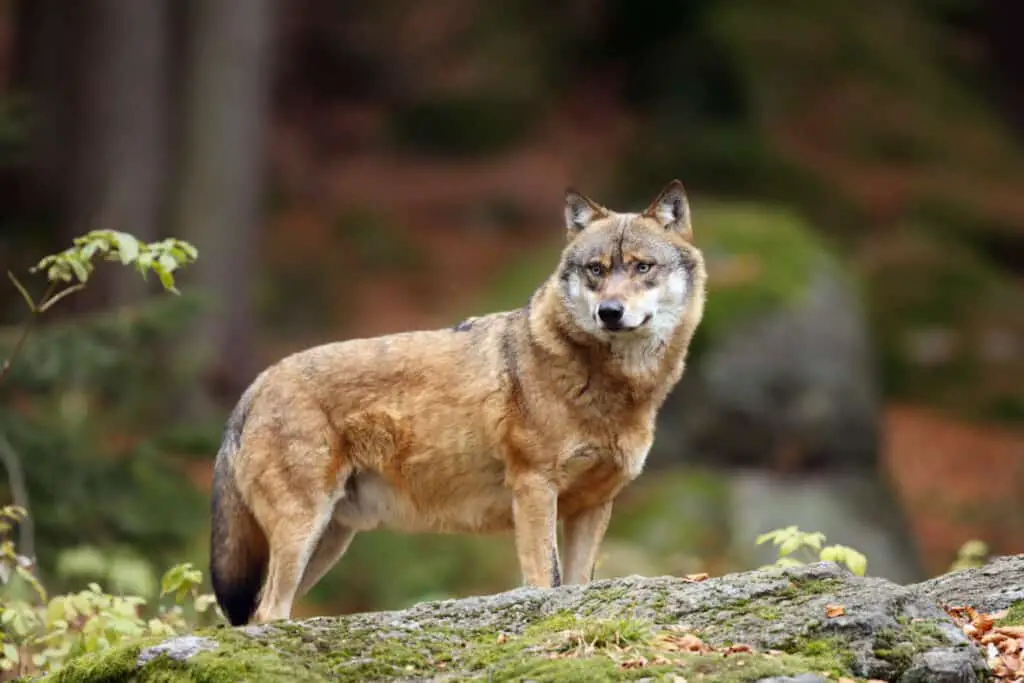
Wolves and Mountain Lions
Wolves and mountain lions pose significant threats to the survival of pronghorns in their natural habitat. These two large predators have been known to prey on pronghorns, which are considered one of the fastest land animals in North America.
Predator management is an important aspect when it comes to maintaining a healthy population of pronghorns. It involves implementing measures to reduce the impact of predators on pronghorn populations while also ensuring a sustainable ecosystem.
Ecological implications arise when there is an imbalance between predator and prey populations. For instance, if wolf or mountain lion populations increase too rapidly, they may overconsume their prey, leading to a decline in the number of pronghorns. On the other hand, if predator populations decrease significantly due to human intervention, this can lead to an overpopulation of herbivores like pronghorns and disrupt the balance of the ecosystem by causing excessive grazing pressure on vegetation. Therefore, effective predator management strategies are crucial for maintaining healthy ecosystems that support diverse wildlife communities while also meeting human needs.
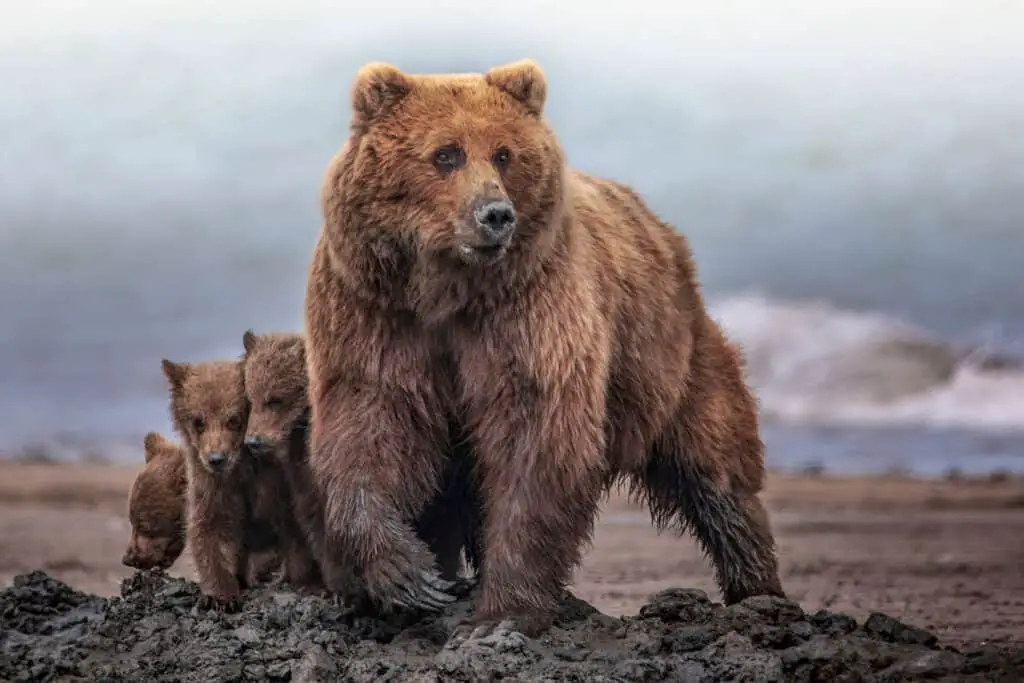
Bears
Bears, despite their reputation as omnivores, have been known to prey on pronghorns in certain areas. While they mostly consume plant materials and insects, black bears and grizzly bears have been observed hunting pronghorns during the fall season. This behavior is more common in areas where other food sources are scarce or inaccessible due to human impact.
This alarming trend has prompted conservation efforts aimed at protecting both pronghorns and their habitats. The following list highlights some of the emotional impacts of bear predation on pronghorn populations:
- Fear: Pronghorns may experience heightened anxiety and stress when they detect bear presence in their habitat.
- Suffering: When attacked by a bear, pronghorns may endure physical injuries that can cause pain and suffering.
- Loss: Bear predation can cause significant population declines among pronghorns, affecting not only individual animals but also the overall ecological balance of the ecosystem.
- Urgency: Conservationists are working tirelessly to mitigate the impact of human activities on wildlife habitats and reduce negative encounters between bears and pronghorns.
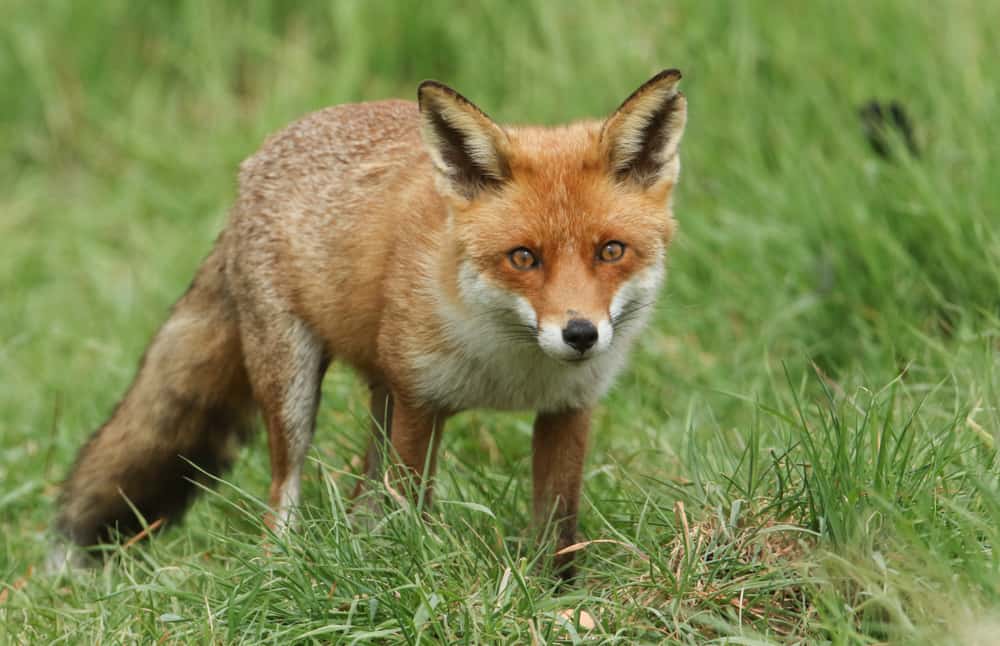
Bobcats and Foxes
Bobcats and foxes, two common predators in pronghorn habitats, have been observed using their stealth and agility to hunt these swift antelopes. Bobcats are known for their ability to stalk prey quietly before pouncing on them with great force. They use their sharp claws and teeth to immobilize the pronghorn quickly. Foxes, on the other hand, use a different approach to hunting pronghorns. They often work in pairs or small groups and chase the antelope until it is exhausted before attacking it.
Pronghorns have adapted various ways to evade these sneaky hunters. Their large eyes provide excellent vision that allows them to detect predators from a distance. Additionally, they can run at speeds of up to 60 miles per hour, making it challenging for predators such as bobcats and foxes to catch up with them. Pronghorns also have an excellent sense of smell that helps them detect predators even when they are not visible. Overall, while bobcats and foxes may be skilled hunters in pronghorn habitats, the pronghorns’ adaptations enable them to survive despite these threats.
The Impact of Predators on Pronghorn Populations
The delicate balance between predator and prey populations in pronghorn habitats has significant implications for ecosystem health and stability. While predators play a crucial role in maintaining healthy ecosystems, uncontrolled predation can have detrimental effects on pronghorn populations. The impact of predator management on these populations is therefore an important consideration for conservation efforts.
Human development has also played a significant role in shaping the interactions between predators and pronghorns. As human activity encroaches upon natural habitats, predators are often forced to adapt to new environments or shift their hunting strategies. This can result in increased pressure on already vulnerable pronghorn populations, ultimately affecting the balance of the entire ecosystem. To mitigate these impacts, it is vital that we continue to study and manage predator populations while also considering the broader ecological context of human development within pronghorn habitats.
Family Antilocapridae: Unraveling the Pronghorn Antelope
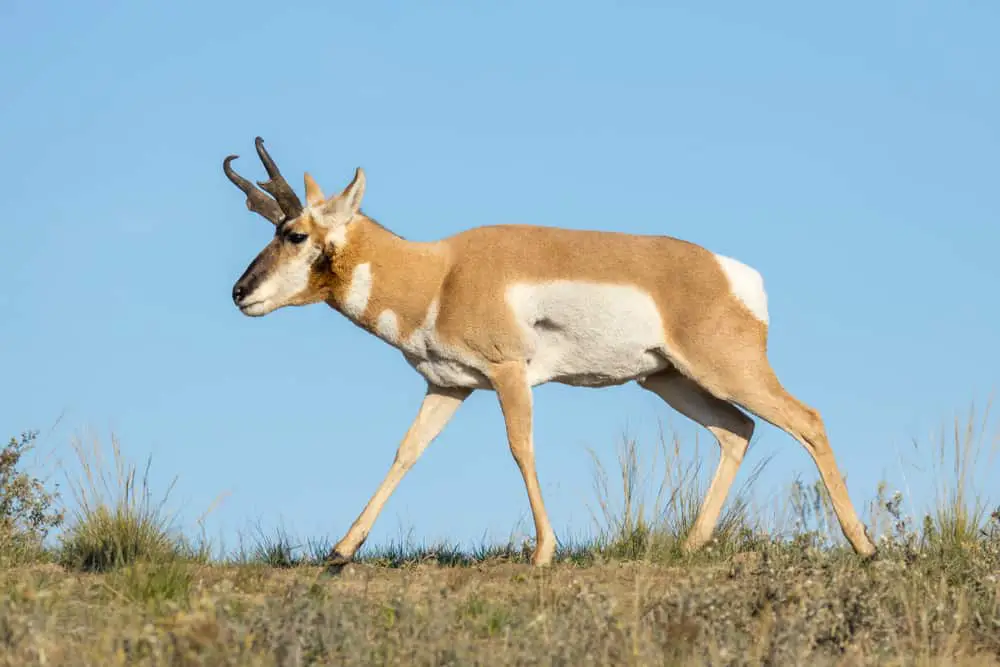
Conservation Efforts to Protect Pronghorns from Predators
Conservation efforts aimed at protecting pronghorns from predation have been implemented through the use of various management strategies. One such strategy involves reducing predator populations through hunting or trapping, which can help decrease the number of predators that may prey on pronghorns. Additionally, habitat improvement and restoration projects aim to provide pronghorns with safe habitats where they can avoid predators and find food and water. These efforts have shown some success in increasing pronghorn populations in certain areas.
Efforts to protect pronghorns from predators have also included the use of fencing to create barriers between predators and their prey. These fences may be traditional barbed-wire fences or specialized types of fencing designed specifically for wildlife conservation purposes. Other tactics include using scent deterrents or noise-making devices that deter predators from approaching high-pronghorn-traffic areas. While these methods have shown varying degrees of success, it is important to continue monitoring their effectiveness over time to ensure their continued usefulness in protecting this iconic species from extinction.
Conclusion
In conclusion, pronghorns face a variety of predators in their natural habitats. Coyotes are the most common threat to pronghorns, but they also face danger from wolves, mountain lions, bears, bobcats and foxes. Even badgers have been known to prey on these animals. The impact of predators on pronghorn populations is significant as it can reduce their numbers and affect the ecosystem.
Conservation efforts have been put in place to protect pronghorns from predators. These include habitat restoration programs that aim to create safe spaces for pronghorns by reducing human interference and restoring habitats. Additionally, predator control measures such as hunting restrictions and reintroduction of apex predators like wolves help balance predator-prey relationships. By implementing these measures, we can ensure that pronghorn populations remain stable and healthy for generations to come.
